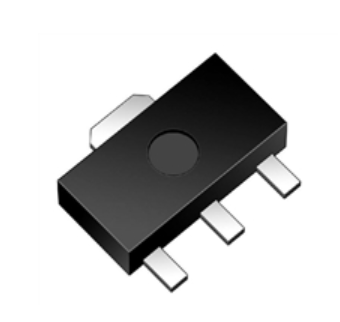Date:2025-06-27 Categories:Product knowledge Hits:474 From:Guangdong Youfeng Microelectronics Co., Ltd
3、 Function and requirements:
1. Function: Surface mount transistors are mainly used for signal amplification, voltage comparison, switching, and other functions in electronic devices. By controlling the base current, the collector current can be adjusted to achieve signal amplification or switch control.
2. Requirement: Surface mount transistors need to meet the following requirements during operation:
Low power consumption: able to operate normally at low voltage and low current to reduce energy consumption.
High gain: capable of amplifying input signals under stable working conditions and outputting high gain signals.
High frequency response: able to work normally in the high frequency range and adapt to the processing requirements of high-frequency signals.
Low noise: During signal amplification, try to minimize the introduction of noise to maintain the purity of the signal.
High reliability: capable of long-term stable operation, not easily prone to failure or damage.
4、 Specification and model:
The specifications and models of surface mount transistors are usually named by manufacturers based on their performance parameters and size characteristics. Common specifications and models include SOT-23, SOT-89, SOT-223, etc.
5、 Category:
According to usage scenarios and performance characteristics, surface mount transistors are mainly divided into the following categories:
1. NPN transistor: Based on N-type material and sandwiched between two P-type materials, commonly used in amplifier circuits.
2. PNP transistor: Based on P-type material and sandwiched between two N-type materials, commonly used in switch circuits.
3. Low power transistor: suitable for low-power application scenarios, with characteristics such as low static current and low saturation voltage.
4. High frequency transistors: suitable for high-frequency signal processing, with characteristics such as high-frequency response and low noise.
5. Power type transistors: suitable for high current and high power application scenarios, with high current amplification factor and power processing capability.

Previous: Classification, Structure, and Principle of MOSFET